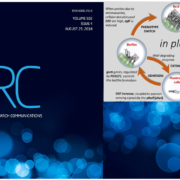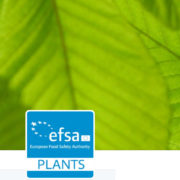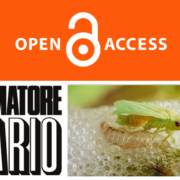When prevention fails. Towards more efficient strategies for plant disease eradication
1 Centro de Protección Vegetal y Biotecnología, Instituto Valenciano de Investigaciones Agrarias (IVIA), Moncada, Valencia, Spain
Abstract
This article is a Commentary on Hyatt-Twynam et al., New Phytologist 214: 1317–1329.
Pathogen exclusion through quarantine is the most effective strategy for plant disease prevention. However, phytosanitary measures usually restrict the movement of forest and agricultural goods, which may conflict with trade interests. In fact, increased trade in commodities has been associated with more frequent biological invasions in recent decades (Hulme, 2009). In this issue of New Phytologist, Hyatt-Twynam et al. (pp. 1317–1329) compare strategies for the eradication of emerging plant disease epidemics. Using the example of citrus canker, caused by the bacterium Xanthomonas citri subsp. citri, in residential areas in Florida (USA), the authors compare three strategies judged by the estimated number of citrus trees eliminated. The classic constant radius removal turned out to be less efficient than the proposed variable radius, and risk-based strategies, which incorporate more mathematical complexity and epidemiological background knowledge. Results were robust to changes in the parameters, dispersal kernel formulations, or host distribution databases.
As in other disciplines, simulation models are important for informing plant-disease management because they allow exploration of the potential consequences of different intervention strategies. Simulation models are particularly useful in plant-disease eradication, because risk managers typically must decide on a strategy at the very early stages of the epidemic, when data are scarce (Parnell et al., 2015). With recent advances in computational power, complex spatio-temporal models for eradication can now be approached in a Bayesian framework, permitting the inclusion of prior information gathered from expert knowledge and previous studies. Bayesian inference also allows posterior probabilities to be obtained with an explicit representation of uncertainty, which can be very useful in the decision-making process (Keith & Spring, 2013).
The authors would like to thank POnTE and XFACTORS, Horizon 2020 framework program of the European Commission for funding.
Published on April 11, 2017 by NEW PHYTOLOGIST









